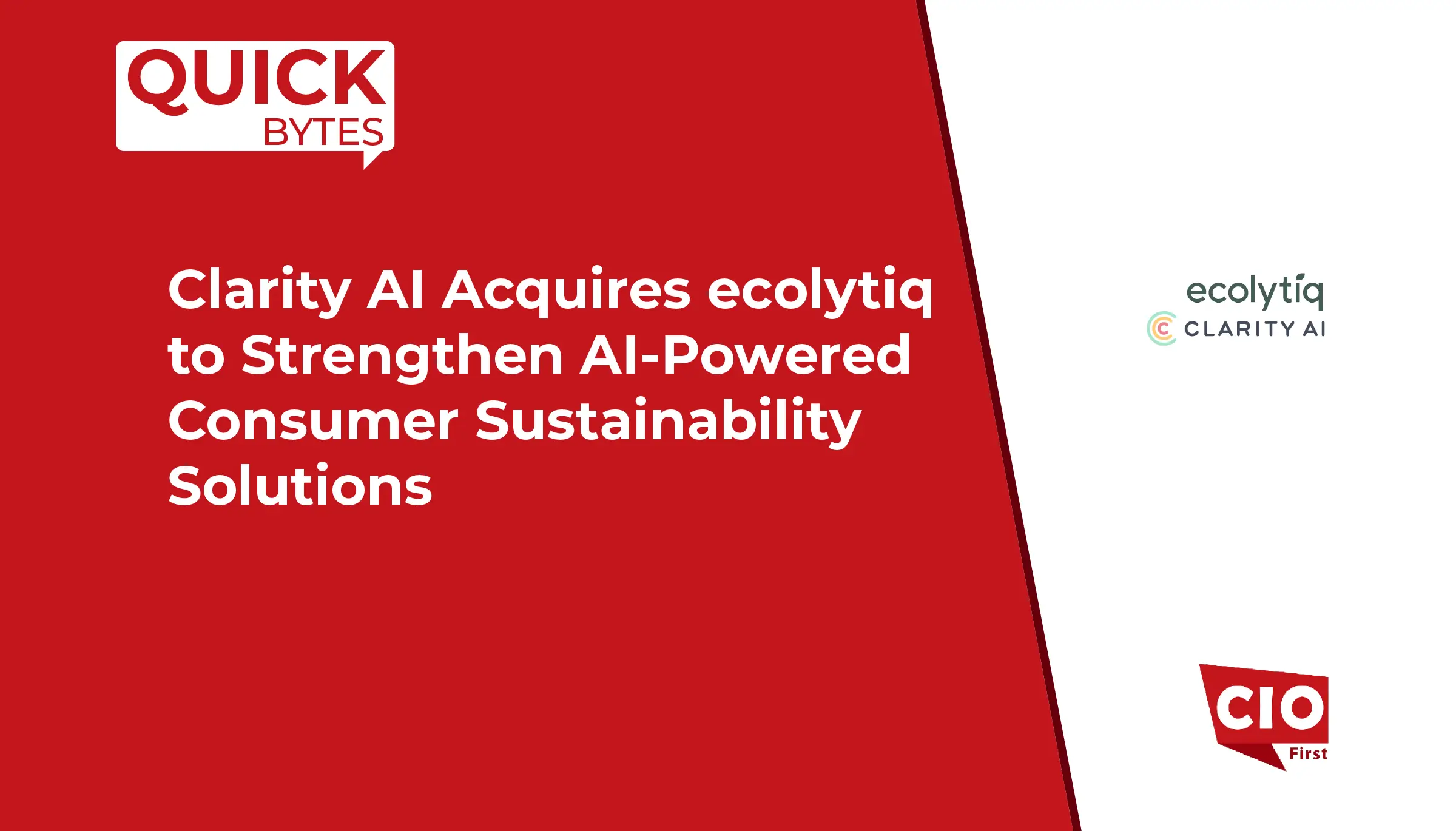“Marketers need an all-in-one platform that allows them to activate their first- and zero-party data to increase personalization and engagement,” says Benjamin Dorr, Chief Operating Officer (COO), Cordial in an exclusive interview with EnterpriseTalk.
ET Bureau: As the world rapidly moves towards a cookie less world, what kind of tech stack upgrade should businesses consider to brace for impact?
Benjamin Dorr: Many marketers have managed to collect data, yet they can’t activate the data in real-time due to a lack of communication between systems. Marketers are at a significant disadvantage if they can’t connect their data to marketing execution. Instead, they need an all-in-one platform that allows them to activate their first- and zero-party data to increase personalization and engagement, regardless of what the actual system of record might be. Hyper-personalization can be accomplished with a platform capable of the speed and responsiveness to enable agile marketing, testing, and experimentation. If marketers are only collecting first-party data through web modals or the equivalent, we’d encourage revisiting their programs across web and app, as well as ensuring their privacy policies are up to date.
Also Read: Top Five Big Data Integration Strategies
ET Bureau: What, according to you, are the best first-party data strategies to gather, store and process clean data in a data warehouse?
Benjamin Dorr: All marketers might aspire to a single source of truth on all customer information, but the truth is that every platform and marketing discipline has data unique to the platform. It’s better for customer engagement, advertising, eCommerce, analytics, and other technologies to be able to play well with each other. Map out your program strategy, identify what data is crucial for each to function, and ensure you have a prioritized list of data flows between systems at the right cadence, e.g., what is really real-time, what is aggregated, what is calculated, etc.
ET Bureau: A recent report by Gartner predicts that nearly 40% of the consumers will manipulate the behavior tracking metrics to consciously degrade the data quality collected, making it challenging to monetize. What are your thoughts on this?
Benjamin Dorr: I’m sure that I’m not alone among MarTech executives to use an ad blocker or VPN — it shouldn’t be a dirty secret that consumers do want some control over the information that brands have about them. At the same time, I regularly provide data and information to brands that I trust to respect my privacy and provide value in return. Not to get preachy, but marketers should reverse their thinking on “monetization.” Provide a valuable customer outcome in exchange for data, and monetization will follow as a by-product. Among our best clients are marketers who outline their impact to gross margin, not just revenue growth. Gross margin is an underrated metric impacted by a strong data and personalization strategy.
ET Bureau: Businesses need to respect consumers’ right to privacy to gain trust; what other strategies would you suggest other than first-party data to collect qualitative data to gain valuable insights?
Benjamin Dorr: Start with your company’s values, and carry these through to the value proposition your customer sees in you. For example, if your brand is known for providing the latest styles before they’re available anywhere else — you’re bleeding edge — make sure you can alert your most loyal customers to those items. Consider alternative fulfillment strategies within that group to alert them to other new items. If your brand serves a value-conscious consumer, provide options for picking discounts that best serve the customer and provide you with crucial information on their preferences (for instance, slower shipping or a different return policy in exchange for a higher discount).
In addition, when we talk about qualitative data, never underestimate what is lost in a scaled customer service process. There is critical information about your customers with your reps that may be hiding between software and process.
Furthermore, marketers should use as many channels as possible to ensure signal isn’t lost based on consumer channel preference. Consumers may have specific preferences for email, mobile apps, or SMS. Cross-channel marketing presents opportunities for consumer engagement and provides valuable insights for brands.
The relationship between consumers and brands differs from that between consumers and third-party data collectors. For consumers and brands, the consumer has agreed to their data being collected and used in a way that benefits them. This furthers the relationship between the two and builds respect that a business will deliver value to the consumer because they can better understand their wants and needs. The companies building authentic, long-term relationships with their customers are those that succeed in the end through respect and trust with consumers.
[vc_column][vc_tta_tour][vc_tta_section title=”Benjamin Dorr” tab_id=”1602598322051-0408cb00-0e1c”][vc_column_text]
Benjamin Dorr is Cordial’s COO and focuses on cross-functional alignment to drive growth. Benjamin has led myriad teams at early and growth-stage technology companies, creating value for clients, employees, and shareholders alike. When he’s not brainstorming on a whiteboard with marketing, buried in a financial model, or corralling his and his wife’s two overactive pups, Benjamin tries to find time for painting and illustrating.
[/vc_column_text][/vc_tta_section][/vc_tta_tour][/vc_column]




























